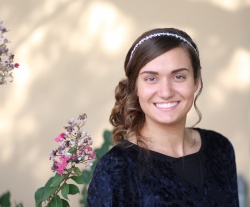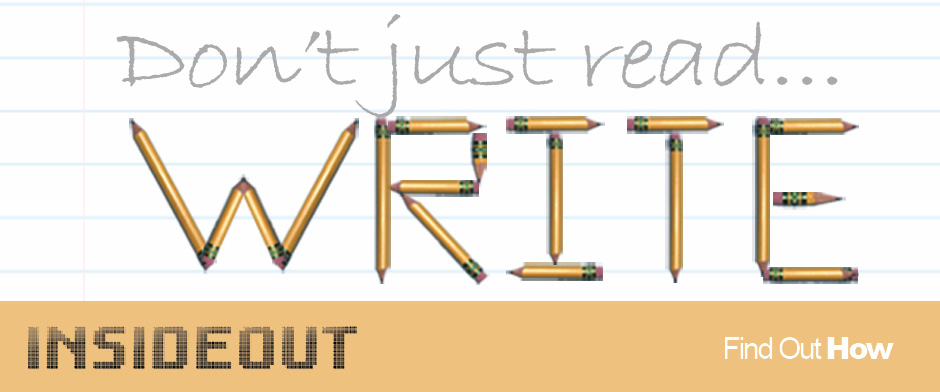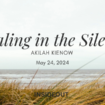Active Reading Protocol: Knows, Need to Knows, and Next Steps

During my last three years of high school, I attended a project-based learning, technology school. We did the majority of our work on brand new MacBook Pros. We had the latest and greatest technology of all sorts like DSLR cameras and 3D printers, and the atmosphere was unconventional for a public school. It was wonderful.
One of the biggest differences in attending a PBL school was how we approached our day to day school work and our projects. We learned how to research in so many ways using the tools we had been given and we did have to give more presentations throughout the year. The method we used when we were given a task or real-life problem that we had to create a presentation for, had a lot to do with process. We examined the reason that explained why we were doing the project (typically it was for a legitimate local business or something that would eventually benefit us in the future) and broke our approach to the topic down into three categories; Knows, need to knows, and next steps.
Knows were facts you already knew about the topic of your project that could help you achieve the overall end goal. Need to knows were questions you had for your facilitator (AKA teacher) or concerns you had about your specific topic. A quick example could be: You were giving a presentation on the economy of a country in Africa. A few need to knows for this would be, “What country am I learning about? How will I conduct my research? How do I need to present this information?” You get the idea. The last part of what we called “active reading protocol” was next steps. This was a shortlist of the immediate steps we would take right after the project was given to us. This might have included: assigning appropriate tasks to the learners in my group, signing a group contract for accountability, and brainstorming a plan to accomplish our assignment and get the best grade we could.
Each of these steps we took played a huge role in the overall success of each project. It was a process, but it was a good one. When I think of active reading protocol in the sense of spirituality and relationship with God, I want to uncover my knows, need to knows, and next steps with honesty. The sense of the new year is still hanging around and I think this is a great place for all of us to start over and examine some things in our spiritual lives. How much do I know about The Word of God? If someone were to approach me today about my lifestyle, do I have the right words? Can I give them something that will build their faith and increase their biblical understanding? What do I not know about God and His love for me? Are there things I still have a hard time believing in? How do I put my trust in Him? Finally, what are my next steps? What actions can I take to prove my love for God? What do I need to let go of so that I can become closer to Him and step into the calling He’s given me?
Without faith, it is impossible to please God. (Hebrews 11:6) But without us taking action, it is impossible to accomplish our God-given goals. (James 2:14-26) Today, I challenge you to a new project. Take inventory of your walk with Him, your involvement in discipleship, and carrying out the daily task of evangelism. Evaluate your servanthood in your local church and the kingdom of God. It’s okay to approach your spiritual life in different ways that help you better understand what you are doing and why you are doing it. Applying real life, yet simple methods like active reading protocol to our approach and process of devotion could be our chance to see collective growth. Do you want to be a part of it?

Hannah lives in Northwest Arkansas, attends Calvary Tabernacle Bentonville, and works as an administrative assistant for a local and well-loved breakfast spot. She loves serving in CTKids at her church, baking, and enjoying the beautiful natural state during all seasons.






